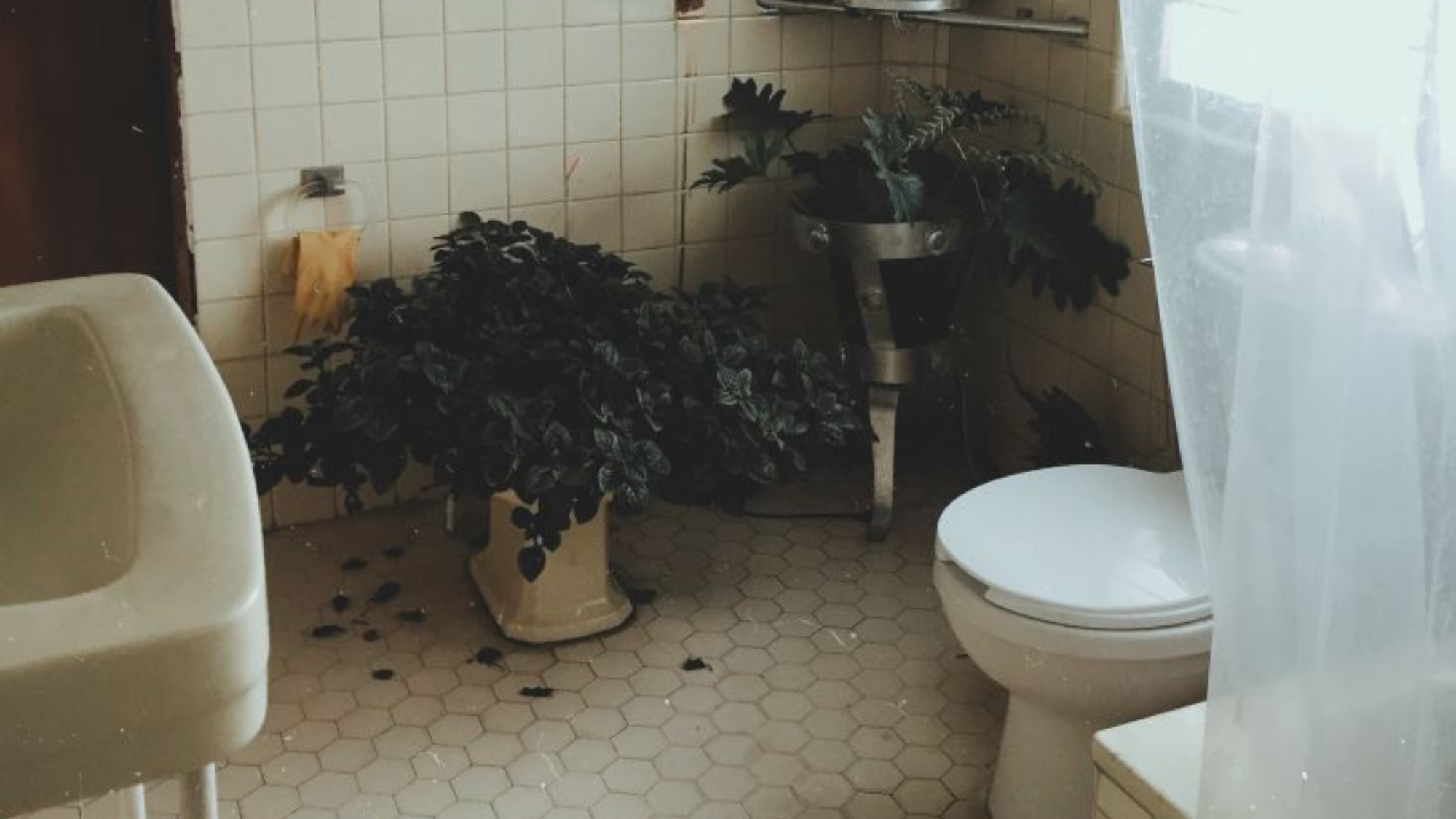Bathrooms have experienced their fair share of improvements in terms of house design throughout the years, with one element standing out as both useful and fashionable: tiles. For decades, shower tiles have been the foundation of interior design, with a wide range of patterns and materials to pick from. But how have these tiles changed over time, and what trends dominated the landscape in each era? Let’s go back in time and look at the renowned tiles in restrooms for each year.
1920s: Art Deco Elegance
The sparkle and glamour of the Art Deco style defined the 1920s. Bathroom tiles from this era were frequently decorated with geometric patterns and bright, lively colours. Chequered black and white tiles, subway tiles, and intricate mosaic designs were all the trend. The era’s fascination with luxury and richness extended to bathroom decor, making it a Roaring Twenties feature.
1930s: Pastel Perfection
The 1930s saw a trend towards softer pastel colours. Pink, mint green, and baby blue tiles quickly became popular, and they were often combined with pedestal sinks and porcelain fixtures. These mild tones were thought to reflect the era’s desire for a more relaxing and calming ambience amid an eventful period in history.
1940s: Functional and Durable
During World War II, effectiveness and durability were prioritised in washroom design. Tiles made of durable materials such as ceramic and porcelain became the standard. The hue palette evolved to earthy tones such as beige and brown, reflecting the era’s practical values.
1950s: Mid-Century Modern Marvels
The 1950s marked the beginning of the era of mid-century modern design. The tiles for bathrooms are characterised by clean lines and minimalist aesthetics. Aqua and blue tiles were popular, and they were frequently coupled with sleek chrome fixtures. The 1950s restroom was characterised by its emphasis on simplicity as well as practicality.
1960s: Psychedelic Patterns
Bathroom tiles were filled in colour and pattern throughout the swinging ’60s. Many shower walls were covered in vibrant and surreal graphics, such as swirling paisley and flower power motifs. The colour scheme was dominated by vibrant oranges, yellows, and greens, representing the counterculture atmosphere of the time.
1970s: Earthy and Textured
The 1970s were all about getting in touch with nature. Earthy tones such as avocado green, harvest gold, and burnt orange were used in the restroom tiles. Textured tiles and shag carpeting gave a cosy touch to bathrooms, making them feel warm and inviting.
1980s: Neon and Glam
The 1980s were a decade defined by excess and flamboyance. Bathroom tiles from this era were frequently decorated with neon colours, mirrored surfaces, and glossy finishes. Bold geometric designs with metallic decorations were the norm, reflecting the decade’s bright and extravagant mood.
1990s: Minimalist Simplicity
In response to the excesses of the 1980s, the 1990s adopted a more subtle approach to shower design. Neutral tones such as beige and white became trendy. Subway tiles and clean designs highlighted the era’s minimalist aesthetic.
2000s: Spa-Like Retreats
The shower room became a personal hideaway in the early 2000s. Tiles that look like natural materials like marble and granite have grown in popularity, creating a spa-like atmosphere. Earthy tones and calming blues were popular, bringing out relaxation and serenity.
2010s: Vintage Revival and Technology Integration
Subway tiles and hexagonal mosaics made a reappearance in the 2010s, as did vintage styles. Technology has played a key influence, with smart tiles with built-in LED lighting and touch-sensitive controls becoming widely popular.
2020s: Sustainable and Customizable
Tiles for bathrooms are now less harmful to the environment. Recycled and environmentally friendly materials are becoming more and more common, showing a greater awareness of ecological issues. Homeowners are increasingly going for personalised patterns and colours to create distinctive bathroom areas that represent their unique sense of style.
Bathroom tiles have changed in response to changing tastes and needs, from the stunning Art Deco tiles of the 1920s to the sustainable and customisable possibilities of the 2020s. Looking ahead, one can only guess on what unique and creative tile designs the next decade will bring to our bathrooms.
What you can do now is make sure that any tiles you use in your bathroom are correctly installed by a professional bathroom renovator, such as Itile Bathrooms NT, who have 20 years of experience and can install the tiles in whatever design you like.


Add a Comment